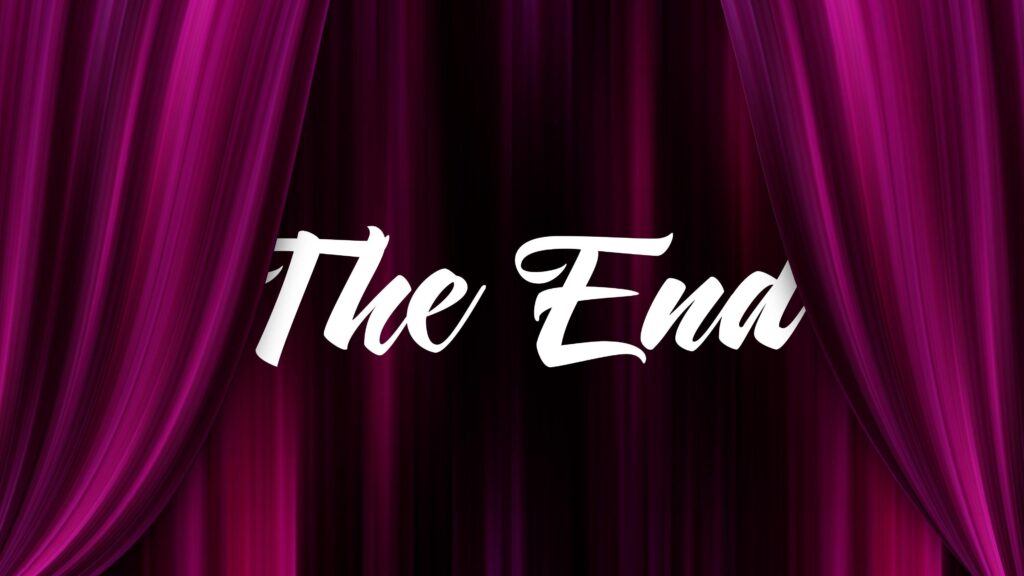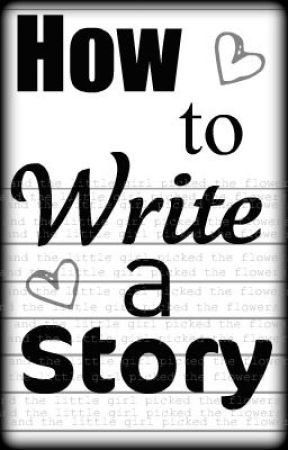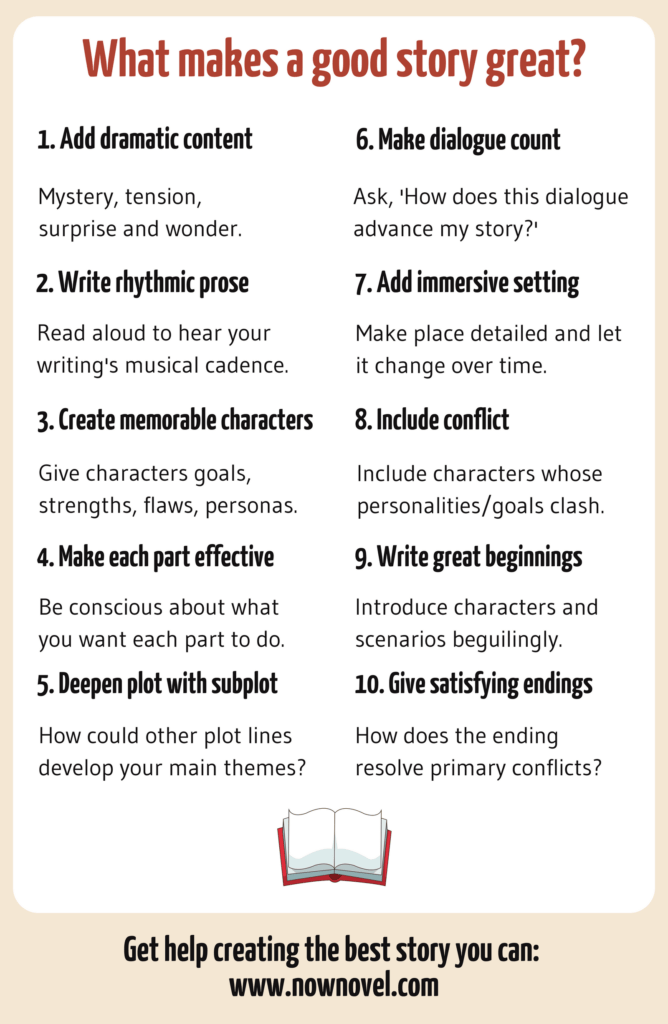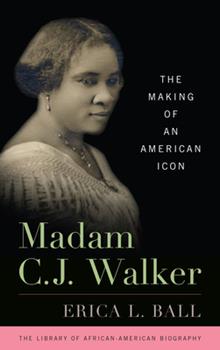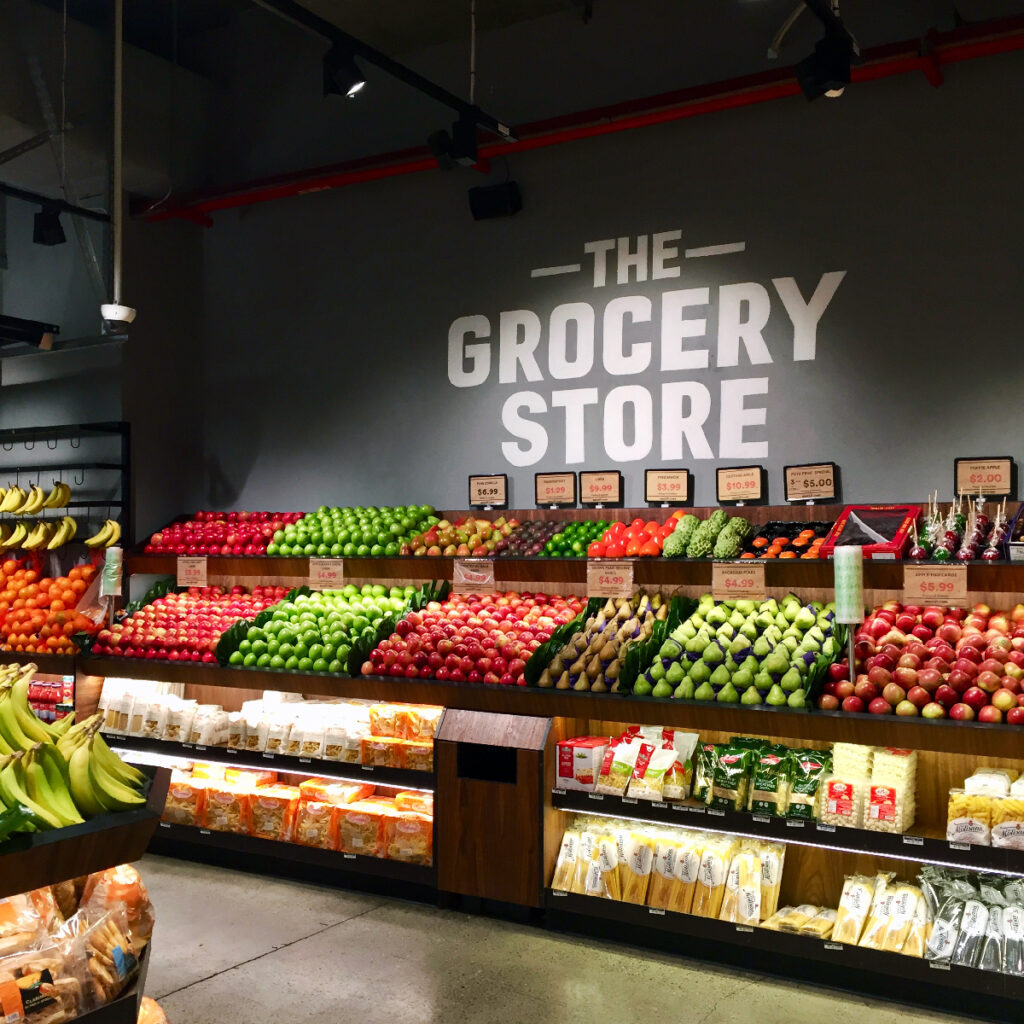Story writing can be a very fulfilling experience for some people. It can be a great way to keep yourself entertained when you just need something to do. It can also be a reason for:
I actually wrote a story of my own. Many people have read it a few times, but it is still officially unpublished. That will be on my to-do list when I finally get the time to have it taken care of. Until now, this website will have to be a book that I write and actually publish. (Insert laugh here).
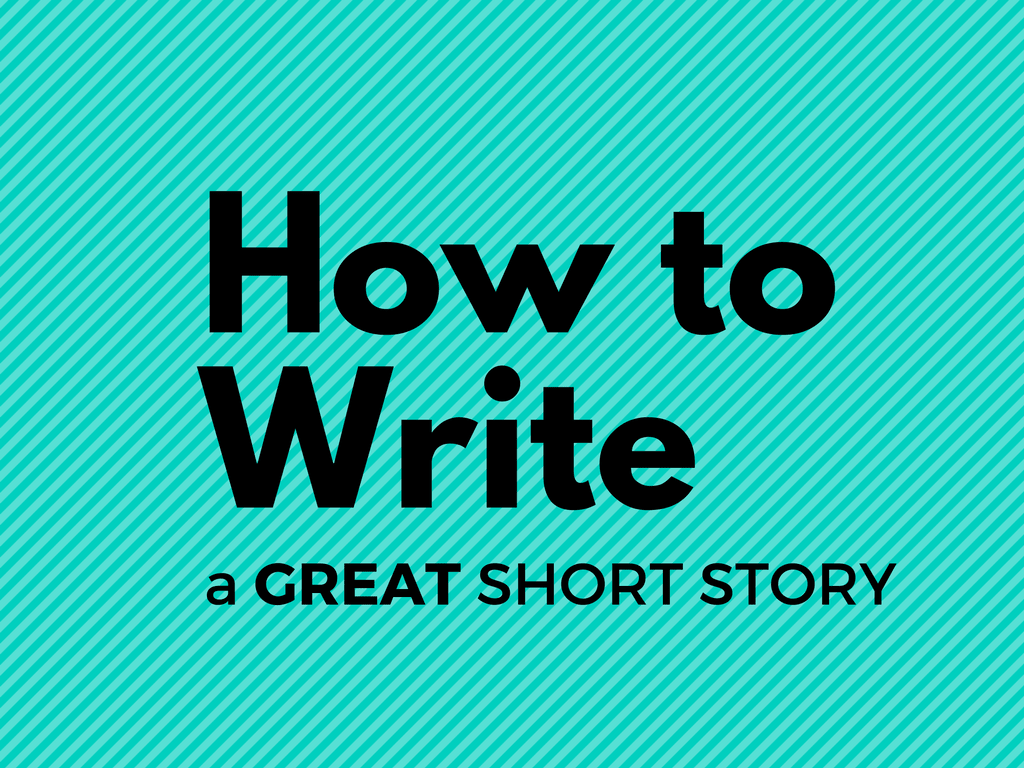
How To Write A Story
When I began writing my first story it was sort of an idea that arose from boredom. I remember it like it was yesterday. I was in middle school at the time, 8th grade to be exact. I started writing as if I was actually going to write a story but just “pretending”. Then I got with a couple of friends and began passing my notebook back and forth. Some of my friends added a page or two and then gave it back. I would read their writing and add to it.
At first, I didn’t think it would actually turn out to be a whole entire book. We never got around to finishing the book during that time. After graduation, I held onto the original spiral notebook. We probably wrote about 10 pages altogether. I moved out of the state for my high school years of school still holding on to our work. I can’t remember when I began writing the rest of the story, but it had to be in my junior or senior year of high school. I believe it was completed around or after my high school graduation.
I submitted my work to a few publishing companies and received a few offers. At the time I was still a minor and was unaware of actual business dealings. I did not accept any of the offers because it was a secret manuscript. (I hadn’t told my parents what I was doing). I still have the book today and plan on actually doing something with it. An ebook publishing may be something of interest to me in the future. Now let’s begin to address the main goal of this post, story writing.
Decide your story writing genre
Before you begin story writing, be sure to decide your story type in the great big world of literature. Your story type will be known as the genre. Literary genres are categories that distinguish literature. There are many different genres from which to choose. There are two types of literary genres that your story writing could fall into. These can be either fiction or nonfiction.

Fictional story writing is based on non-factual descriptions and events invented by the author. Non-fictional story writing consists of descriptions and events that are understood to be factual. Some fictional genres may include:
- Children’s stories
- Folklore
- Thrillers
- Action and Adventure
- Comedy
- Crime
- Horror
- Erotica
- Romance
Some non-fictional genres may include any of the following:
- Academics and Research
- Autobiographies
- Biography
- Cookbooks
- Guidebooks
- Journal writing
- Memoirs
- Self- help
- Travel blogs
This would describe the type of material you want to discuss in your writing.
Choose a setting
Depending on the type of story you want to create, you will need to choose a location where your story will take place. If you are creating a children’s story a location may not be needed. If it is a short story with few words and mainly pictures a location will also not be necessary. If your writing will be an adult story, novel, or documentary you will probably need to describe where this story takes place.
Choosing a location will allow the reader to become more familiar with the area where the story takes place. This can increase your reader’s engagement. Your location can be an area in the home, outdoors, in a particular state or country, or in a fantasy world. When choosing your location, make sure the location fits your storyline.
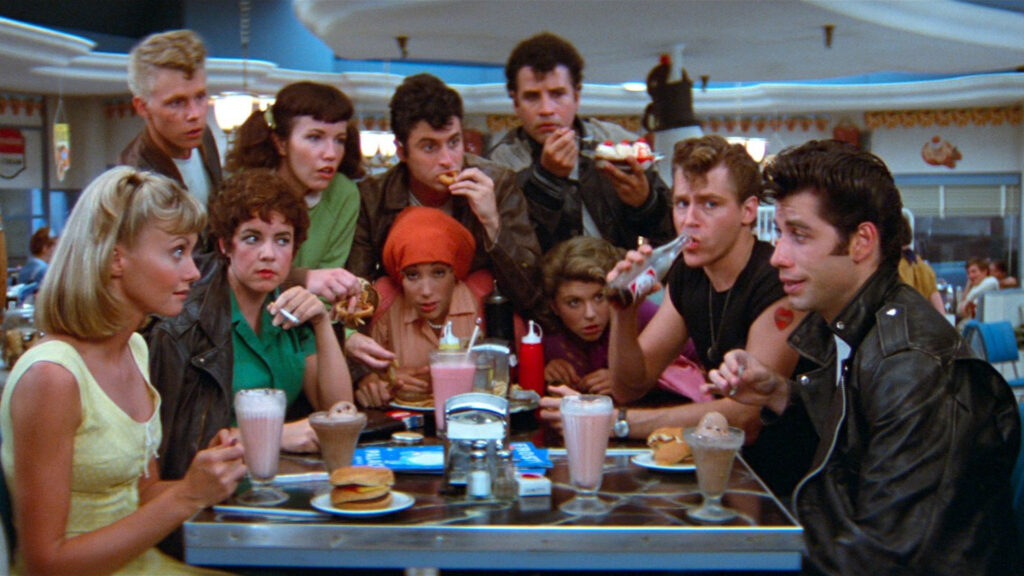
Choose your characters
Every great story has a good cast of characters. When selecting your cast for your story you can name one person or hundreds. Always remember that your main characters should be listed by name in your story. Any other characters you want to briefly mention don’t have to be named unless you desire to do so. For example, let’s say I was writing a story about my best grocery shopping extravaganza. This could be a fictional story I would be creating.
The story’s location would be the grocery store, with me as the main character. My name in this story will be Monalisa. I could start the story off by saying, “Hello everyone, my name is Monalisa.” I would like to tell you a story about one of the most exciting days I had grocery shopping. This was one of my biggest grocery store shops, so I would call it an extravaganza instead of a shopping spree. This trip to the grocery store wouldn’t have gone as well as it did without the help of all the grocery store staff at the store.
If you want to choose names for those individuals you would decide their names at this point in your story. For example, you could say “I am so thankful for Franco the cashier at the store that day.” Franco made sure I saved money on all the discounted items in the circular that day. He also signed me up for a store membership card and made sure all my groceries were properly placed in the bag. He pushed the car to my car and helped put all my groceries in the car.
When choosing your characters decide how many characters you want, what their roles will beans what you want people to know about them. As stated above you can gather that Monalisa is the main character. Franco was helpful and considerate. He is also employed as a cashier at the grocery store where she shops.
You can decide what you want your story to be about before you choose your characters. You can also create a list of characters and names you want to use and apply them as you write your story. Choosing your storyline is oftentimes one of the hardest parts of story writing.
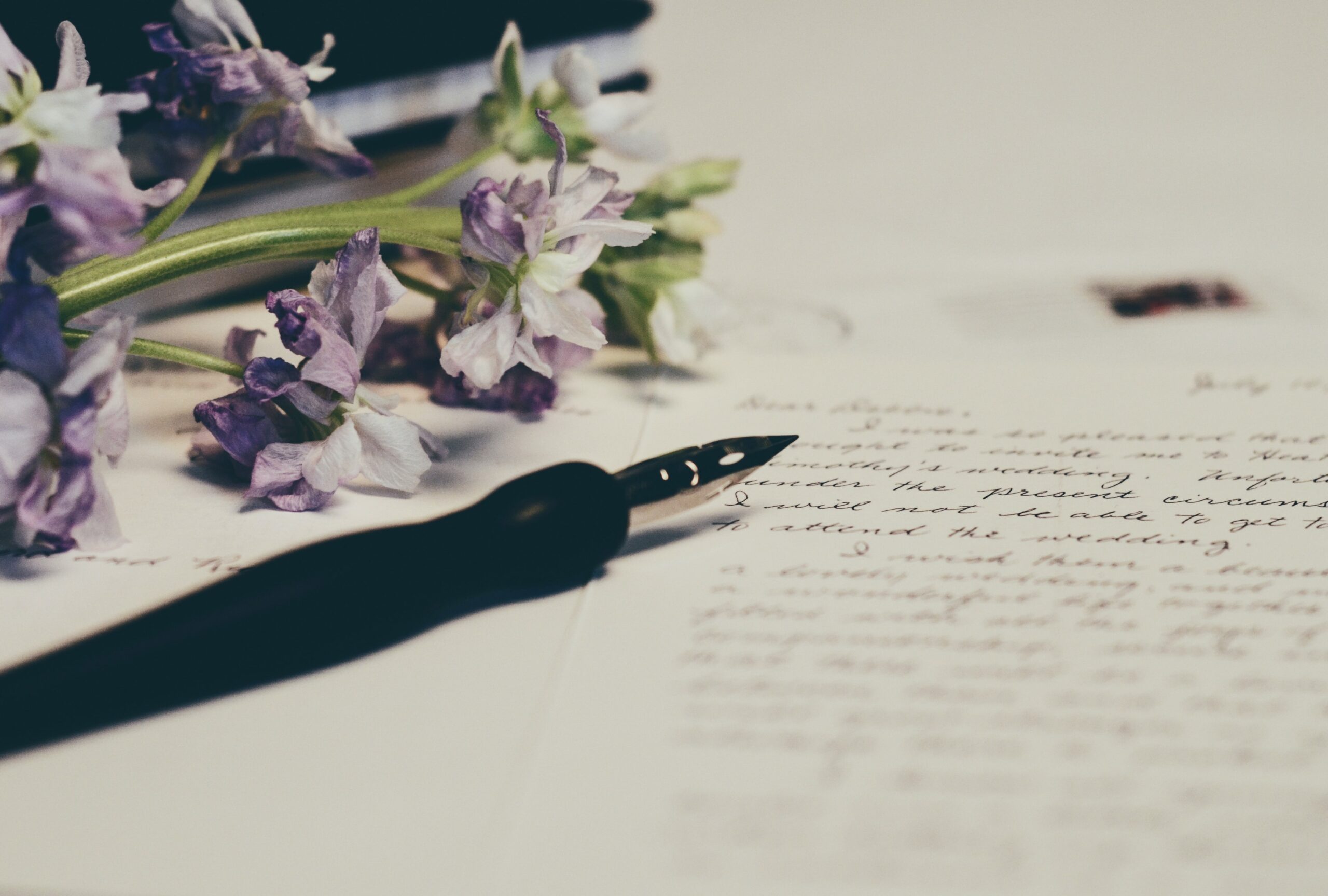
Choose a Theme, plot or outline
Pick what you want your story writing to entail. This is where you decide what you want your story to be about. You can create a detailed outline of what you want to happen in your story. You can use bullet points or whole paragraphs. Using this method will allow for a better writing flow. It will also help you stay on track with how your story will turn out. A simple outline can be something similar to the table listed below.
| Story Outline | Story To-Do List |
|---|---|
| 1. Received coupons in the mail | Create A Title for my story |
| 2. Created my grocery list | Write my story |
| 3. Went to the grocery store | Read my story to the end |
| 4. Shopped for items | Proofread and edit my story |
| 5. Store has additional sales | Share with my family and friends |
| 6. Ended up saving additional money | Create an ebook or publish my story |
| 7. Paid for items and received great help |
After creating your outline, choose the type of ending you want to have. Depending on the story type you can draft multiple endings. This would be extremely helpful in the event that you want to make changes to your story after proofreading. This should complete your story writing. If you want to go a step further you can choose what you want to do with your story after it is finally completed.
This would be the time for you to choose your cover photo, create a chapter outline if needed, and or write your about me section. Once that part is done you will need to figure out where you want to upload your content. This can be either online as an ebook or as a published physical copy. When publishing your content as an ebook be sure to narrow down which sites you want to carry your product. If you are using a publishing company select the company you want to publish your book.
